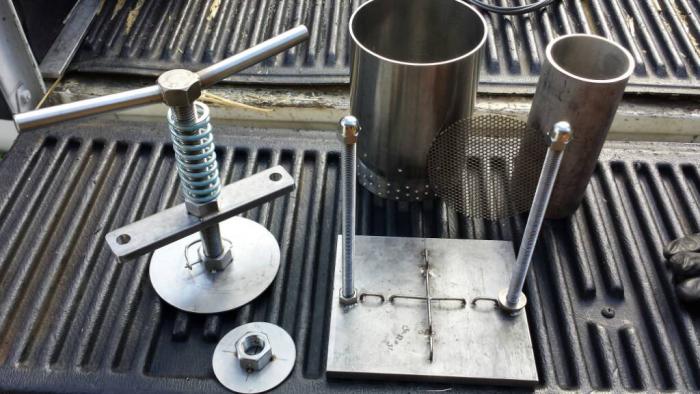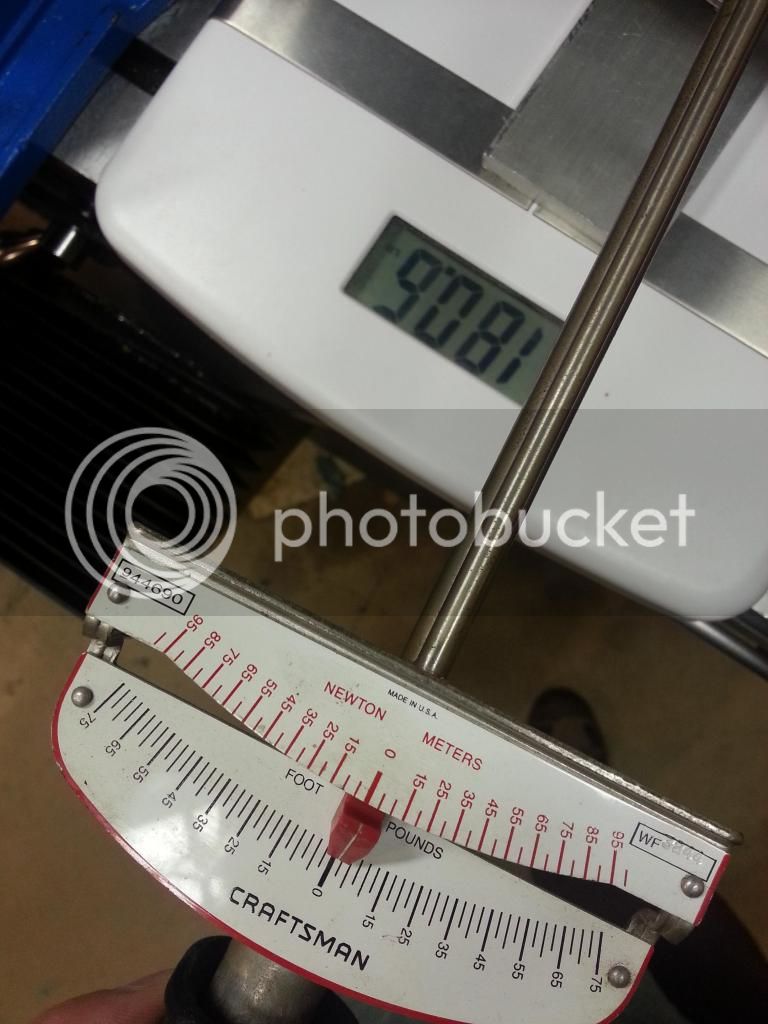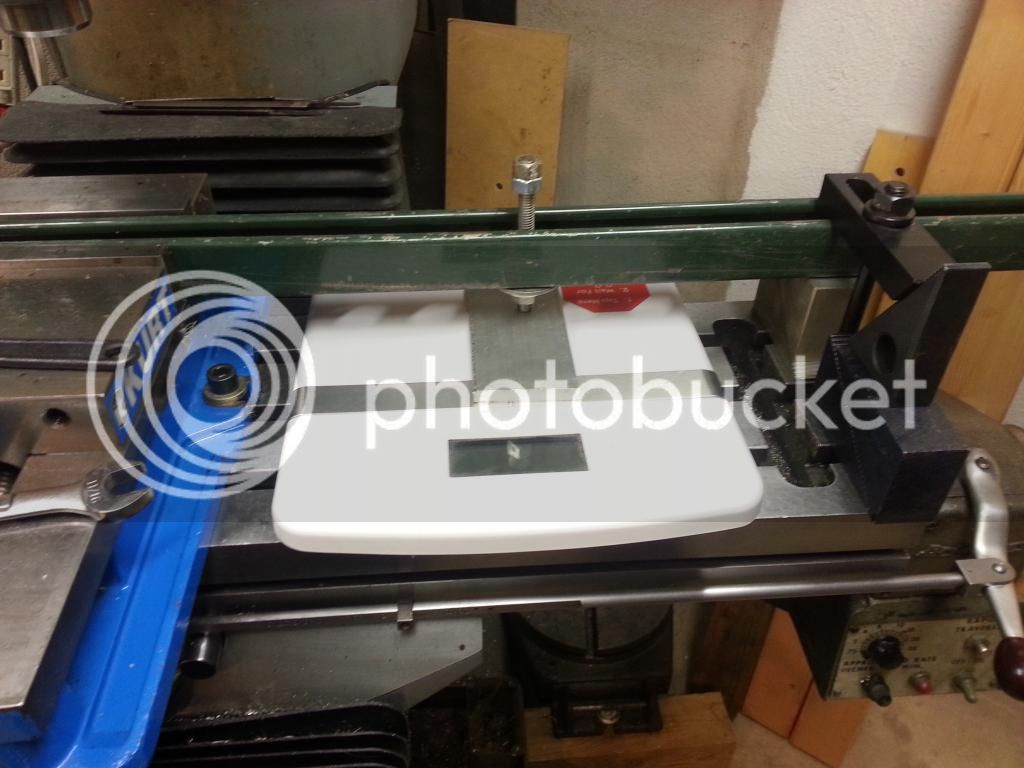tigmaster
Well-Known Member
Stainless steel cheese press I made my wife. The 6" tube comes off and the 3" one will go in its place
Sent from my SCH-I545 using Home Brew mobile app

Sent from my SCH-I545 using Home Brew mobile app




I'm pretty sure this design is not going to work with the spring either on top of or below the horizontal bar. You could have a 500 lb spring in either position and it will not put any pressure on the cheese because the nut attached to the horizontal bar is threaded. You could have any spring in there and the press (the vertical threaded rod in the center) is going to be locked into place by the threads of the horizontal bar.
You mentioned having the spring in the top position and another nut above the spring. Here you have the same situation because the press is locked into place by the threads of the horizontal bar. Even if the nut on the horizontal bar had no threads and the press part (vertical threaded rod) slid up and down inside of it, putting tension on the spring with the top nut would actually pull the press away from the cheese!
I think a spring between the plunger and the follower would work.
The plunger is the screw on top. The follower should be loose, sitting on top of the cheese.
I've been thinking about making this modification to my press.




Enter your email address to join: